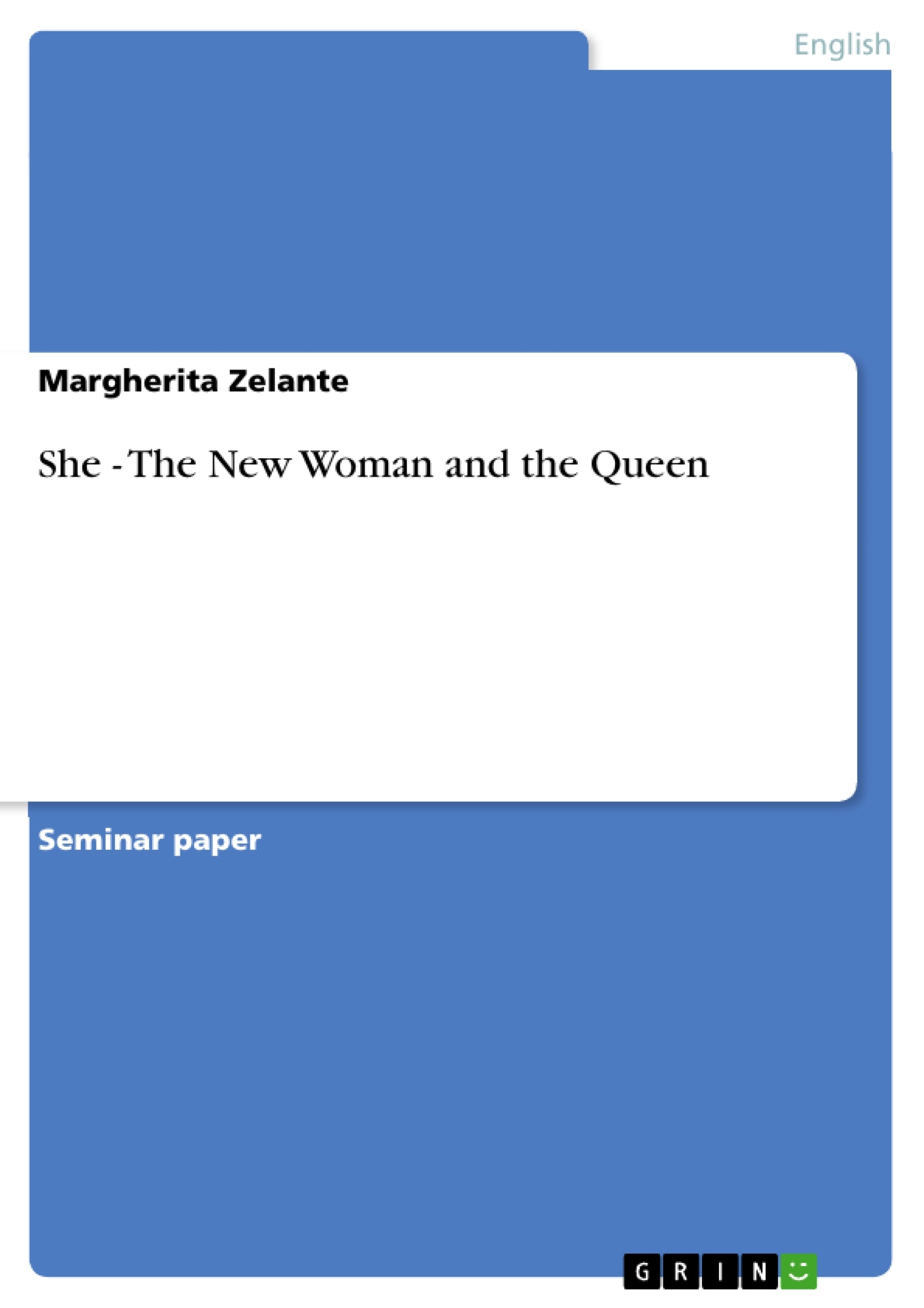Among the phenomena that characterize the period at the end of the 19th century, better known as fin de siècle, the feminist movement can be considered as one of the most destabilizing ones for Victorian society.
The official year of birth of the ‘New Woman” is 1894, when Sarah Grand first uses this term to define what the average male population of the time labelled as: ‘femme fatale, prostitute, suffragette, New Woman, virago, degenerate, Wild Woman, Free Woman”. In her article, ‘The New Woman and the Old”, Grand focuses on an important question that we shall try and answer in this essay: who is the New Woman? But above all, is there a New Woman or is she just a fictional product?
It is interesting to note that the first reaction of writers, critics but also common people to this phenomenon was to consider the New Woman as a fictional product, which lessened the importance of the cultural and social reality of feminism. Indeed, many fictional figures were created and became popular in this period that were completely different from the women that had populated British literature until then. In this essay, we shall focus on She, the very controversial and intriguing protagonist of Rider Haggard’s homonymous novel. We shall try and find out what made her a New Woman for Haggard’s contemporary readers, but also why she is in some attitudes rather an Old Woman, a very typical Victorian ‘angel in the house’ to us.
Table of Contents
- Introduction
- Women and power: an old fear...
- Queen Victoria: a queen in an old system
- The ‘angel in the house' vs. the New Woman
- "She": the ‘angel in the house'
- "She": a New Woman
- Africa: the fascination and the fear of 'the Other'
- Conclusion
Objectives and Key Themes
This essay examines the character of She in Rider Haggard's novel of the same name, analyzing how she embodies the concept of the 'New Woman' and her destabilizing effect on Victorian society. It aims to explore the contradictions in She's character, highlighting how she is both a 'New Woman' and an embodiment of traditional Victorian feminine ideals. The essay also investigates the connections between She and Queen Victoria, examining how they both represent women in positions of power within different contexts.
- The 'New Woman' and her impact on Victorian society
- The contradictions within the character of She
- The relationship between She and Queen Victoria
- The influence of colonialism and imperialism on the portrayal of 'the Other'
- The anxieties and fears surrounding the changing roles of women in Victorian Britain
Chapter Summaries
The introduction will discuss the emergence of the 'New Woman' in late Victorian society and the diverse ways she was perceived, focusing on Sarah Grand's definition of the term. It will also introduce She as a key example of the 'New Woman' in literature, outlining the essay's aim of exploring the contradictions in her character.
The following chapters will delve into the concepts of women and power, specifically examining Queen Victoria's reign and her perspective on women's roles in society. This chapter will further explore the contrast between the traditional ideal of the 'angel in the house' and the emerging concept of the 'New Woman'.
The third chapter will focus on the character of She, analyzing her portrayal as a 'New Woman' within Haggard's novel. It will also discuss the significance of the novel's setting in Africa and the ways in which it reflects the anxieties of British colonialism.
Keywords
The key keywords of this essay are: 'New Woman', Victorian society, 'angel in the house', Queen Victoria, colonialism, imperialism, 'the Other', She, Rider Haggard, feminism, gender roles, cultural anxieties.
- Citation du texte
- M.A. Margherita Zelante (Auteur), 2005, She - The New Woman and the Queen, Munich, GRIN Verlag, https://www.grin.com/document/54396



